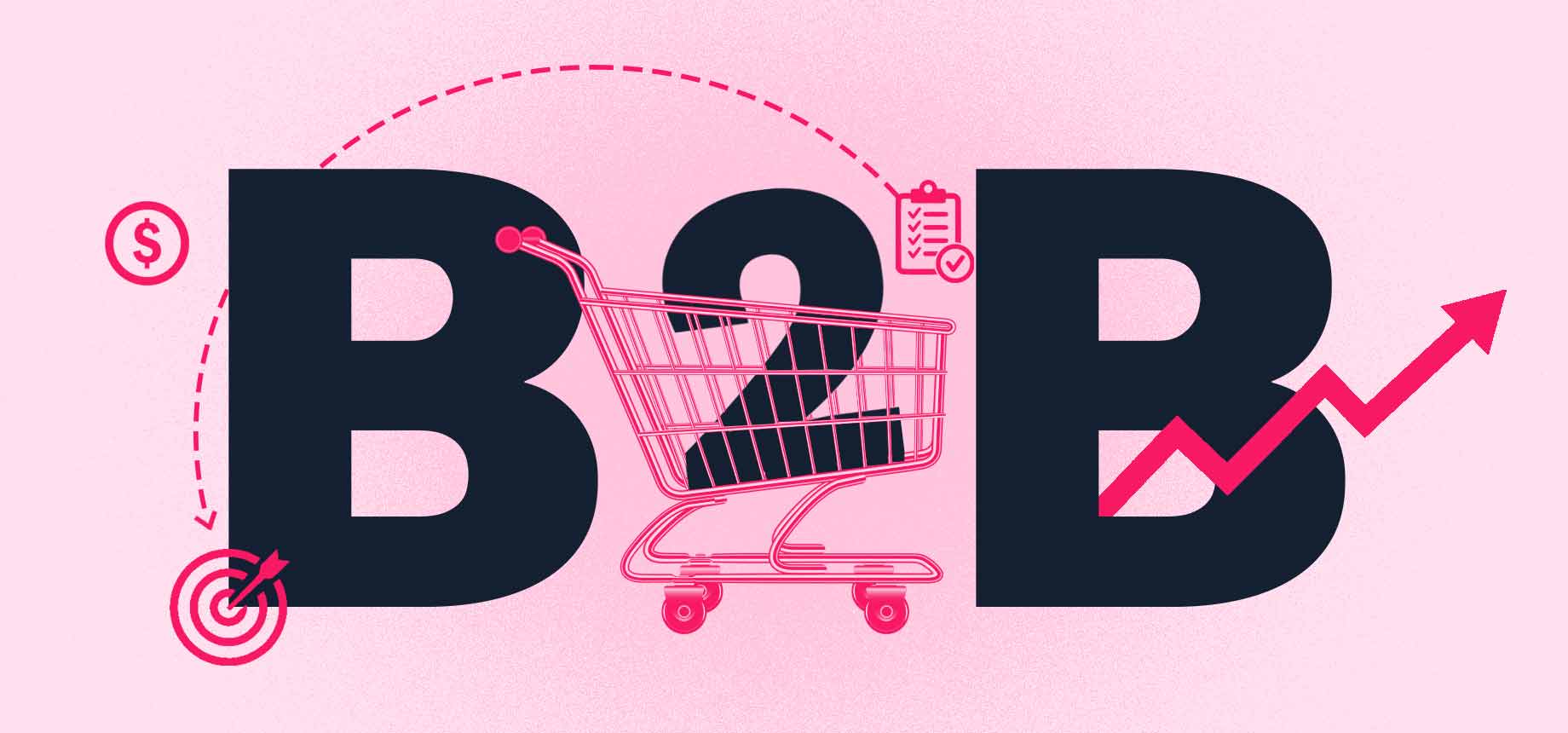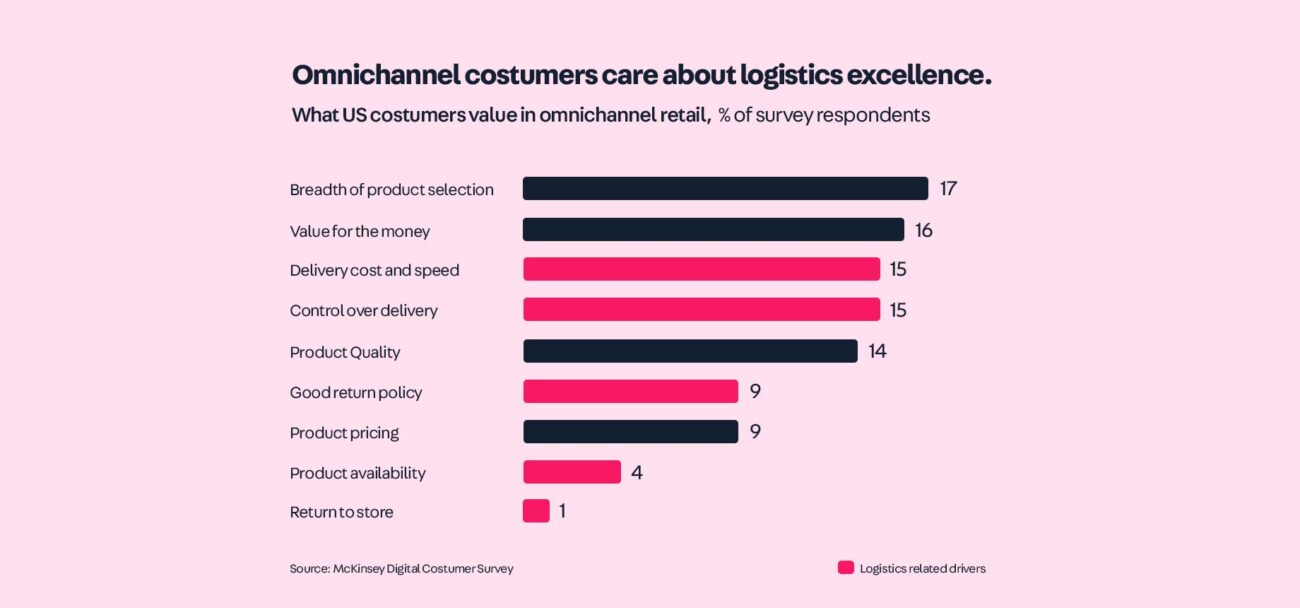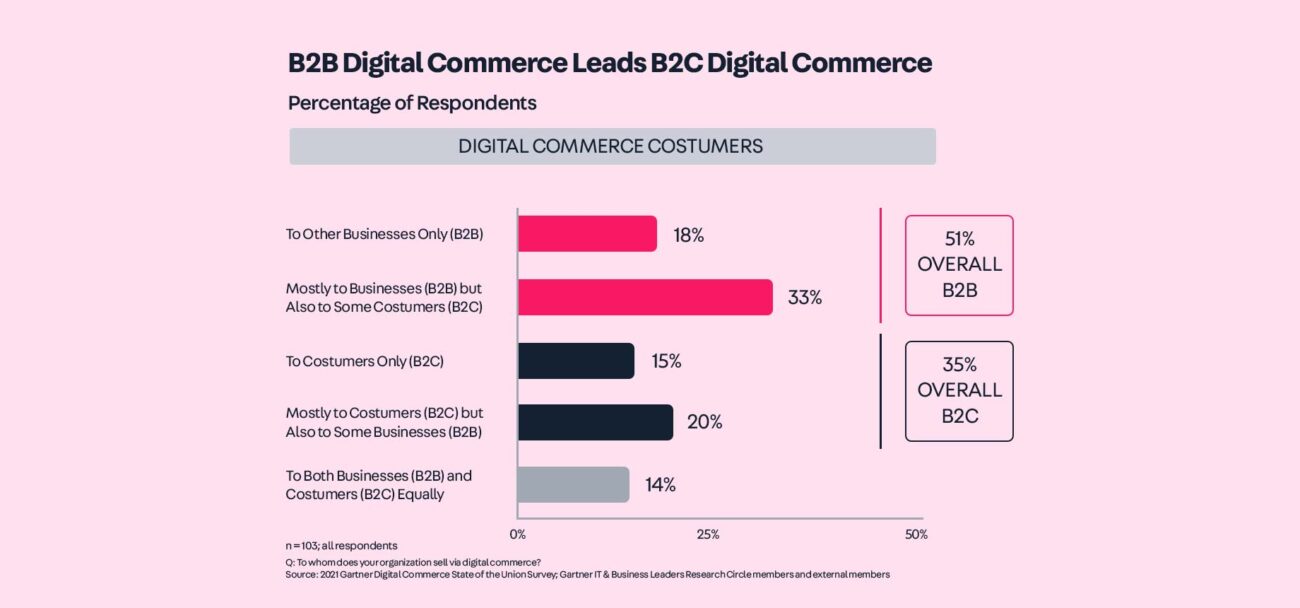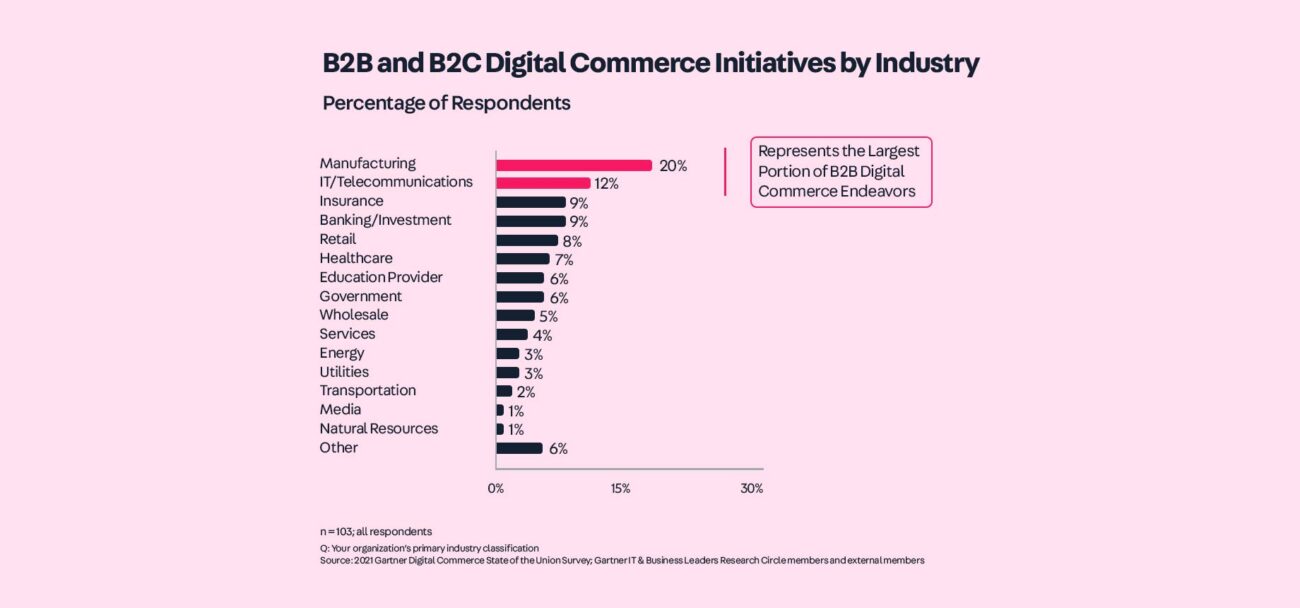
The biggest lesson companies will take away from the pandemic is that significant and unpredictable changes are constant. Across two years, COVID-19 has strongly impacted both B2C and B2B businesses, not only because of everything we’ve been through from a health-related perspective, but also due to the closure of entire cities or operation centers, which caused failures at various points in the global supply chain.
Another impact on global business has been the massive capital injection by central banks worldwide. The FED alone went from a balance sheet of $4 trillion USD to over $8 trillion USD in just two years. This has generated massive dollar printing leading to inflation and impacting customer behavior. To get a sense of this impact, imagine that, in just two years, the US central bank has printed 1/4 of the entire supply of dollars in the world economy since the creation of the dollar.
Therefore, we must embrace these changes by being quick and efficient in enhancing our customers’ experience. With that in mind, we have prepared this material to help you find four B2B ecommerce strategies to intelligently continue to retain and increase market share and improve your margins — in 2022 and beyond.
We are always delighted with B2C websites being launched or updated because we usually know those brands as individuals, as end-consumers. Indeed, there is a massive marketing investment in different channels to reach us. We can’t observe the same trend in B2B because B2B brands are usually closed to other companies. And since we don’t change our work segment very often, we are cut off from seeing anything else besides our niche.
Working at VTEX, we have the opportunity to keep up with the explosion of B2B marketplaces. B2B online marketplaces save time in research and comparison shopping while also saving money by streamlining fulfillment and providing shoppers with a sense of security. In addition, 15% of medium-to-high-gross ecommerce brands will have deployed their marketplaces by 2023, and 70% of all marketplaces launched by then will support B2B transactions. An iBe TSD research goes even further and predicts that marketplaces will account for 30% of all B2B sales.
The challenges that often appear in conversations with enterprise companies are:
Analyze your position in the distribution chain (i.e. industry, distributor or reseller) to adopt the best marketplace strategy. Don’t stay out of it; otherwise, your business will be threatened. Collaborative commerce is here to stay.

Most B2B companies that want to digitize their operations already have a customer base. According to Forrester, the usual B2B customer base has an average retention rate of 80%. Therefore, an essential thing in these cases is to analyze how to retain these existing customers and increase their sales (i.e. up-sell).
You should:

This subject comes up year after year and is more and more present. But we need to be even more strategic in using these tools to optimize investment capital and operational cost reduction.
Apply artificial intelligence to analyze your customer’s preferences and habits by creating dynamic clusters. For example, we can be inspired by Netflix’s experience which shows unique and tailor-made watching suggestions to each user. You should gather your customers’ data, be it their orders or even their browsing history in ecommerce, to understand their behavior and offer the best prices and conditions.
In addition, it is low cost to implement customer retention strategies tools like emails or behavioral storefronts. They analyze your customer’s behavior, from purchase desires to customers who abandon carts, and send suggestions according to your customer’s situation on your sales pipeline.
Finally, these behavioral tools lower your operational costs because you don’t have to ask employees to update your ecommerce storefronts or think of cross-selling promotions. And cross-selling is gold in B2B! Just imagine the result of your operation when you can automatically increase your margin mix for each order. These tools are there to be used, so use them.
Forrester recently predicted that “scarcity” will be the name of the game in 2022. Therefore, the critical strategy to adopt is to remove friction from the parts that matter most to your customers. A McKinsey study shows that five out of nine factors that deliver customer value in retail are associated with logistics.

Here are some quick examples to add value and improve your logistics management:
Contrary to public opinion, B2B digital commerce surpasses B2C in the number of organizations, according to The 2021 Gartner Digital Commerce State of the Union Survey.

Manufacturing is the largest industry involved in digital commerce initiatives participating in the B2B industry. Retail (the traditional leader in digital commerce) represented only 8% of survey respondents, suggesting that digital commerce is becoming popular in more industries:

Investment in B2B ecommerce is already a priority. B2B manufacturers, distributors and sellers are looking beyond traditional ecommerce platforms and technologies to automation, logistics and artificial intelligence tools to improve efficiency and adapt to market uncertainties.
Don’t wait for disruption in your industry. Offer the competitive edge beyond price to build customer loyalty and ensure your company’s longevity.

